(This is the second post in a series on our Electric Vehicle. Read Part 1 here.)
We bought the Chevy Bolt EV in April. We tested it several times 165 miles up the mountain to Bend, visiting our son Joel and his wife Laura. But our journey 400 miles across the state of Oregon to Wallowa Lake was really the inaugural Roadtrip 2017. Why Wallow Lake? Well, one of our United Methodist camps is located at the south end of the Lake and Erin and Amy were working there, leading camps for all ages. This was a perfect chance to spend time with them and test the Bolt. You can see our route on the Oregon map, blue is the trip over and red the trip back.
The big adventure in EV travel is all about charging. The story on charging begins with the chargers themselves. Many companies make them. If you pay attention and play around with an app, you’ll notice the most common brands in our part of the country: ChargePoint, BLINK and West Coast Electric Highway. Some offer free charging. Others offer memberships where you pay a monthly fee and don’t pay at the charger. Some operate by dragging your fob or credit card across the charger screen to activate the charge and the money comes off your card automatically. They each have the all-important 1-800 number printed on the charger in case you need assistance from someone sitting at a desk in Dubai! Tesla has their own chargers, mostly at exclusive Tesla sites, sometimes mixed in with chargers we can use. For example, on our regular route to Bend, visiting Joel and Laura, we often stop for breakfast while we plug in at Detroit Lake. There is a charging station there with 6 Tesla chargers and one West Coast Electric Highway charger (Level 2 and 3).
In the lingo, a charging station is a geographical location where one or more chargers are available. The chargers are each designated with a Level number, based on how much power they offer. The number tells us how long it will take to charge according to how much added range we require. The levels are as follows:
Level 1: regular 110v outlet—4 miles added range/hr of charging
Level 2: 220v charger or station—-25 miles range/hr of charging
Level 3: 440v charger—-80% charge in 30 min., full charge in 2 hours
Many charging stations are located in public places like rest areas and parking garages. Many are on private properties, like store parking lots (Fred Meyer and Walgreens often have a level 2), at car dealerships or properties where they are only accessible during business hours or by permission. The majority of charging for most of us will be done at home either plugging into the 110 and trickle-charging for many hours or (the choice of most) on Level 2 chargers specially installed in our family garage.
This spring we had an electrician wire a dedicated 220 volt, 40 amp circuit, with a plug like many clothes dryer outlets, on the wall of our garage. We could have chosen to hard wire our charger but we wanted one we could take on trips if we choose…so it is a “plug-in” charger. It connects to one type of clothes dryer plug. We learned all dryer plugs are not created equal. Silly us: we thought we could just travel across the country, plugging in with any friend who has a dryer (or maybe the local laundramat!). The particular dryer plug we require is a NEMA 6-50. Joel and Laura have now installed the proper dryer plug on the back outside wall of their Bend house so we can get a level 2 charge at their place when we visit.
There are many companies who manufacture and sell home charging stations. Buy online from the manufacturer or go to Amazon. Our choice was to go with a unit made by AV- aerovironment. It is the same level 2 charger you’ll find at public West Coast Electric Highway charging stations. Cost of the charger was $700. We will receive a tax credit of $325 from the State of Oregon for installing it. Pictured below is the AV aerovironment charger on our garage wall and a photo of the plug. As you look this over, you might want to consider this: If you really want us to come for a visit sometime soon, you could probably lure us to your place with a NEMA 6-50 plug!!! Think about it! You could become our new best friends. I bet you’d get a real charge out of that (yuck, yuck, yuck)!
Now, taking a trip in the EV takes planning ahead. In planning, we must always ask the BIG THREE QUESTIONS OF EV TRAVEL:
- Where are the charging stations located?
- Are the stations Level 1, 2, or 3 (how long to add how much range)?
- Can our car actually use the chargers we locate!?!
The first question is pretty easy to answer. But let’s leave that for the next blog. In the meantime, google EV Charging Stations or The Name of Where You Live EV Charging Stations and see where it takes you.

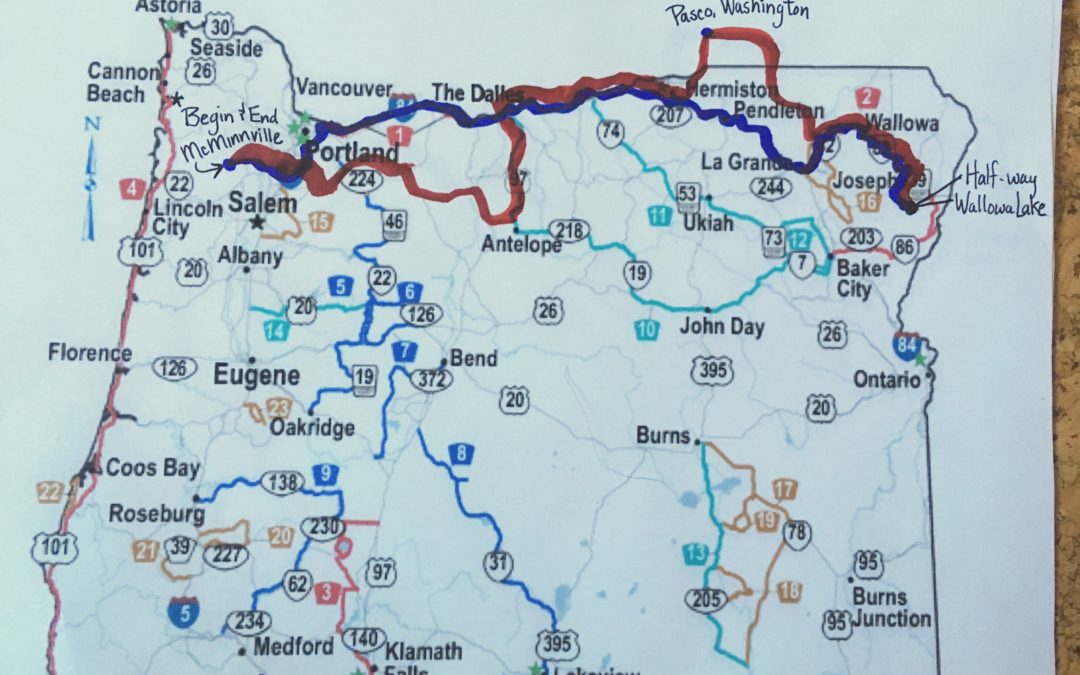
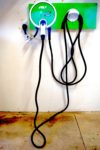
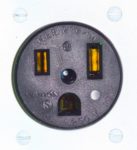
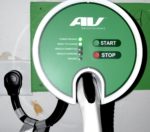
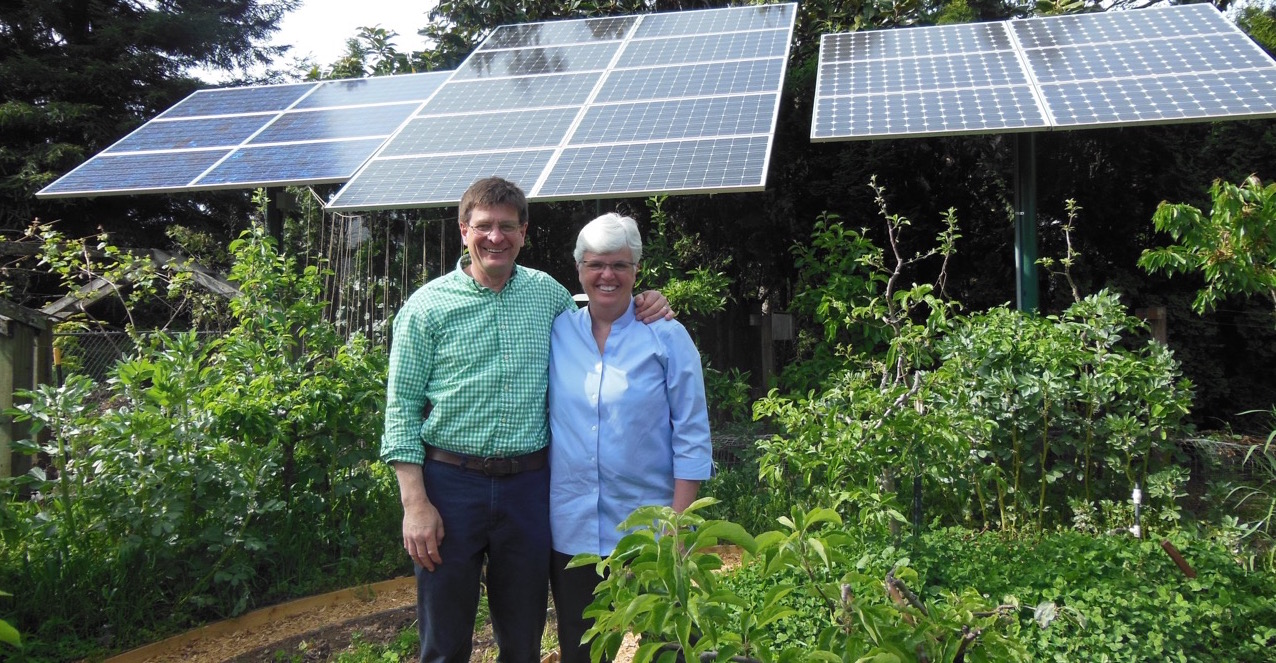






Recent Comments